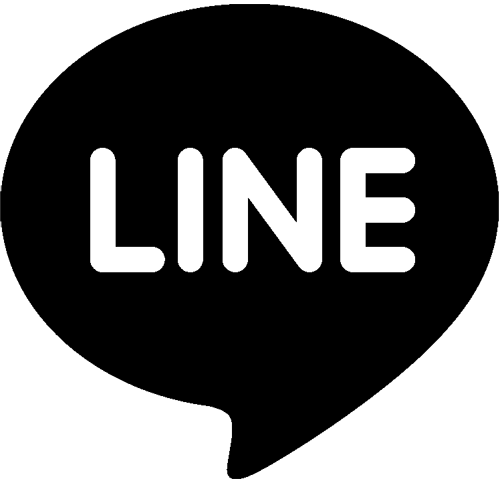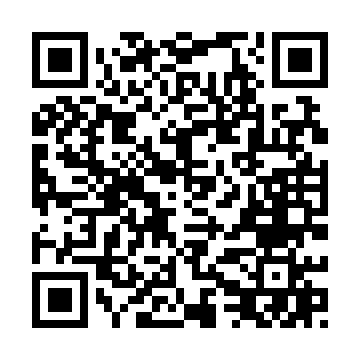
What is ISO 13485?
ISO 13485 is a set of international medical equipment quality management systems standards. The current version is ISO 13485:2016. Organizations that originally hold 2003 certificates must complete the version conversion in 2019.
ISO 13485 is based on ISO 9001. However, it is worth noting that the revised version does not use the Annex SL high-level management structure as ISO 9001:2015, but maintains the original eight chapters. The structure is as follows:
1. Scope (Scope)
2. Normative references
3. Terms and definitions
4. Quality management system
5. Management responsibility
6. Resource Management
7. Product realization
8. Measurement, analysis and improvement
Since 2000, European, American and Asian countries have adopted the ISO 13485 medical equipment manufacturing quality management system as the basis for their decrees. The contents include basic requirements for safety, risk analysis/evaluation, clinical assessment/survey, labeling, and other technical standards. And information feedback system, post-listing supervision, customer complaint investigation, alert system, advisory notice (recall) and so on.
At present, countries around the world rely on this specification to review product input.
Implementing ISO 13485 Benefits
ISO 13485 is the most widely used standard in the quality management system of the global medical device industry. Many countries even publish or revise the mandatory regulations for listing products, such as the US FDA QSR, Taiwan DOH GMP, and Canada HC CMDCAS. Whether it is a medical equipment manufacturer that wants to apply for product certifications such as GMP or CE, it is required to meet the requirements of ISO 13485 first. Obtaining ISO 13485 certification means that the organization has the ability to consistently provide medical equipment products that meet customer and applicable regulatory requirements.
Medical Device Definition
Intent to use in the human body:
1. Diagnose, prevent, monitor, treat, or reduce disease.
2. Diagnose, monitor, treat, relieve or repair the injury or disability.
3. Examination, replacement, or correction in anatomical or physiological processes.
4. Contraception.
The instruments, devices, equipment, materials, or other items provided may be used alone or in combination, including software to be used. Also includes in vitro diagnostic equipment.

What is ISO 13485?
ISO 13485 is a set of international medical equipment quality management systems standards. The current version is ISO 13485:2016. Organizations that originally hold 2003 certificates must complete the version conversion in 2019.
ISO 13485 is based on ISO 9001. However, it is worth noting that the revised version does not use the Annex SL high-level management structure as ISO 9001:2015, but maintains the original eight chapters. The structure is as follows:
1. Scope (Scope)
2. Normative references
3. Terms and definitions
4. Quality management system
5. Management responsibility
6. Resource Management
7. Product realization
8. Measurement, analysis and improvement
Since 2000, European, American and Asian countries have adopted the ISO 13485 medical equipment manufacturing quality management system as the basis for their decrees. The contents include basic requirements for safety, risk analysis/evaluation, clinical assessment/survey, labeling, and other technical standards. And information feedback system, post-listing supervision, customer complaint investigation, alert system, advisory notice (recall) and so on.
At present, countries around the world rely on this specification to review product input.
Implementing ISO 13485 Benefits
ISO 13485 is the most widely used standard in the quality management system of the global medical device industry. Many countries even publish or revise the mandatory regulations for listing products, such as the US FDA QSR, Taiwan DOH GMP, and Canada HC CMDCAS. Whether it is a medical equipment manufacturer that wants to apply for product certifications such as GMP or CE, it is required to meet the requirements of ISO 13485 first. Obtaining ISO 13485 certification means that the organization has the ability to consistently provide medical equipment products that meet customer and applicable regulatory requirements.
Medical Device Definition
Intent to use in the human body:
1. Diagnose, prevent, monitor, treat, or reduce disease.
2. Diagnose, monitor, treat, relieve or repair the injury or disability.
3. Examination, replacement, or correction in anatomical or physiological processes.
4. Contraception.
The instruments, devices, equipment, materials, or other items provided may be used alone or in combination, including software to be used. Also includes in vitro diagnostic equipment.












